Introduction:
Workplace inclusion has transformed from a trendy term to a crucial indicator of organizational success in today’s professional world. Employers that support diversity and inclusion are becoming more and more popular among job searchers as they realize the significant positive effects of inclusive workplaces on employee satisfaction and productivity. This book aims to give people navigating the job market a complete toolkit and provides information on how to evaluate an employer’s commitment to creating an inclusive workplace.
1. Defining Workplace Inclusivity:
Workplace inclusivity is more than a checkbox; it’s a commitment to embracing diversity, promoting equity, and cultivating a sense of belonging. Understanding these fundamental concepts is crucial for individuals looking to evaluate an employer’s dedication to fostering an inclusive culture. Inclusivity goes beyond numerical representation, encompassing an organizational ethos that values and respects every individual, regardless of differences.
2. Diversity in Hiring Practices:
An inclusive workplace begins with the recruitment process. Assess an employer’s commitment to diversity by scrutinizing their hiring practices. Look for evidence of inclusivity in job descriptions, ensuring they avoid language that may discourage diverse applicants. Consider the diversity represented in recruitment materials and initiatives aimed at reaching underrepresented groups, signaling a proactive approach to creating a diverse workforce.
3. Equal Opportunities and Equity:
Inclusive employers prioritize equal opportunities and equity at every stage of the employee lifecycle. Evaluate if the organization provides fair access to professional development, promotions, and leadership roles. Scrutinize policies and practices to ensure they actively mitigate biases, fostering a level playing field for employees irrespective of their background.
4. Inclusive Workplace Policies:
Reviewing an organization’s policies is a key step in assessing their commitment to inclusivity. Look for explicit anti-discrimination, harassment, and accommodation policies that address diversity concerns. Assess whether the company has established clear mechanisms for reporting incidents, coupled with a transparent process for addressing concerns promptly and effectively.
5. Employee Resource Groups (ERGs):
Inclusive employers often establish ERGs to provide support and networking opportunities for underrepresented groups. Evaluate the presence and engagement of ERGs within the organization, as they can be indicators of a company actively fostering a culture of inclusivity. Participation in these groups often signifies a commitment to promoting diversity and providing a supportive community for employees.
6. Training and Education Programs:
An inclusive culture is cultivated through ongoing education. Examine an employer’s commitment to inclusivity through their training programs. Inclusive organizations invest in diversity and inclusion training for employees at all levels. Assess the availability and effectiveness of these programs in promoting awareness, empathy, and cultural competence among the workforce.
7. Leadership Commitment:
Leadership sets the tone for an inclusive culture. Investigate the organization’s leadership team to determine if it reflects diversity. Additionally, assess leaders’ public commitments to inclusivity through statements, initiatives, and actions that promote a culture of acceptance and belonging. Leadership engagement is often a strong predictor of an organization’s dedication to inclusivity.
8. Employee Feedback and Satisfaction:
The voices of current and former employees provide invaluable insights into an organization’s inclusivity. Seek out employee reviews on platforms like Google reviews, Glassdoor to gain a sense of the workplace culture. Analyze feedback regarding inclusivity, diversity, and the overall employee experience to understand how well the organization aligns with your expectations.
9. Industry Recognition and Awards:
Inclusive employers often receive external validation for their commitment to diversity and inclusion. Research if the organization has garnered awards or accolades in this regard. Industry-specific acknowledgments can serve as a testament to the company’s efforts in creating and maintaining an inclusive workplace.
Conclusion:
The pursuit of an inclusive workplace is a journey that requires careful consideration and evaluation. By delving into the intricacies of organizational culture, policies, and practices, individuals can make informed decisions about potential employers. Capital Joblink, a company dedicated to fostering inclusivity, stands as a beacon in this landscape, showcasing the positive impact that prioritizing diversity can have on an organization. As we navigate the professional terrain, let this guide serve as a compass, guiding individuals towards workplaces that not only embrace differences but actively celebrate the richness they bring to the tapestry of the corporate world. In the quest for a fulfilling and inclusive professional journey, may this guide empower individuals to seek and contribute to workplaces that value and celebrate diversity.




